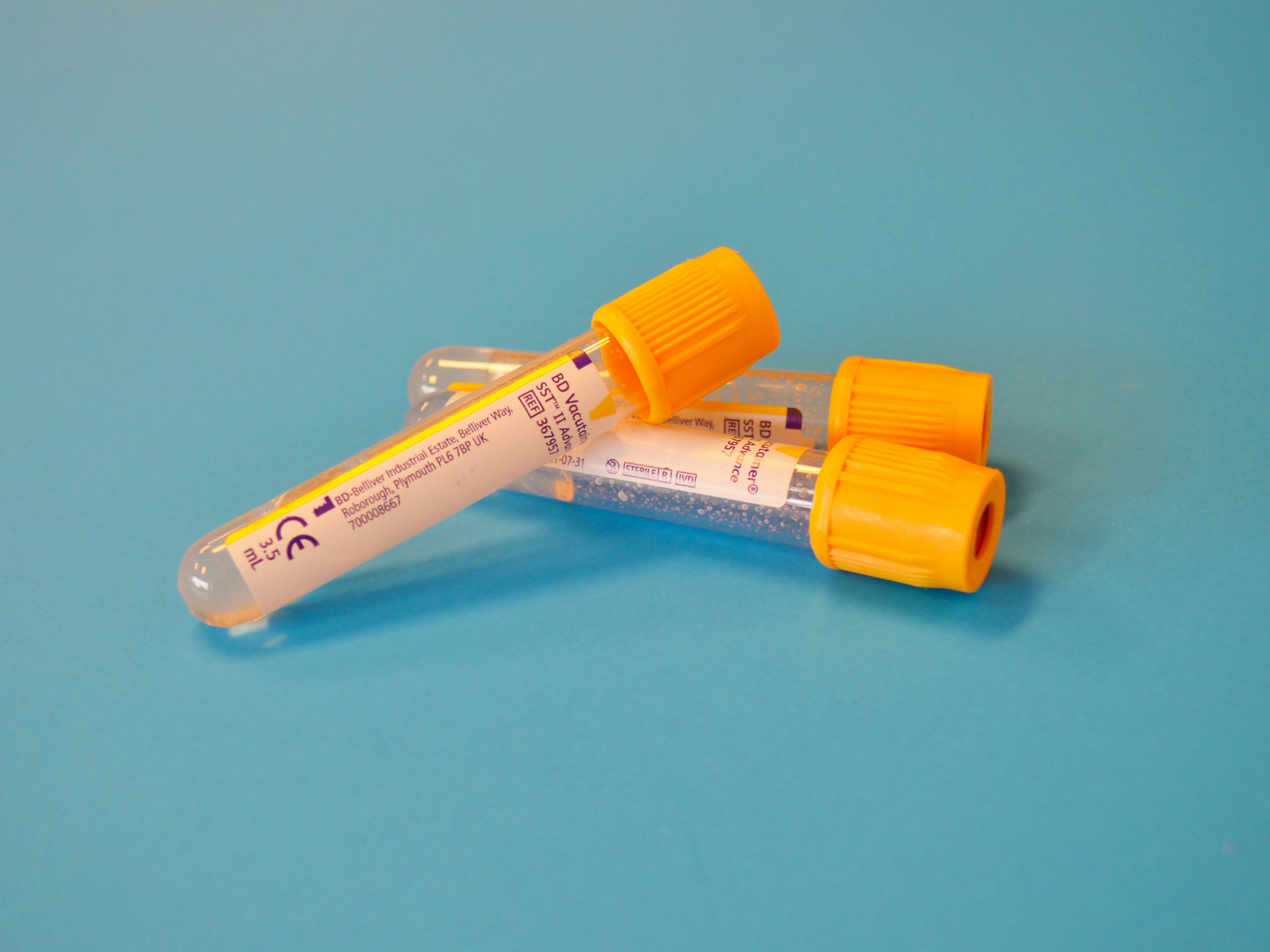Atherosclerosis is a disease caused by a buildup of cholesterol in artery walls, often referred to as “clogged arteries”. Over time, the cholesterol and plaque which develop in the wall of the artery reduces blood flow and increase clot risk. Sudden reduction of blood flow to the heart is what results in a heart attack.
How does atherosclerosis develop?
The process begins with low density lipoproteins (LDL). LDL is often referred to as ‘bad cholesterol’, however this is not quite accurate. LDLs are actually a type of protein which carries cholesterol throughout the body. The reason LDL is seen as ‘bad cholesterol’ is because these particles are what build up in the artery wall, starting the process of atherosclerosis.
Arteries have both a lumen and an endothelium. The lumen is a tube in which blood flows through while the endothelium is a one-cell layer which lines the arteries. LDL particles containing cholesterol, can slip out of the lumen, through the endothelium and end up in the wall of the artery. The higher concentration of cholesterol in the blood, the more likely LDL particles will end up in the walls of the artery. Another important factor to consider is the health of the endothelium. If there is damage to this thin barrier around the lumen, it will be easier for LDL particles to escape into the wall of the artery.
Once the LDL particles are in the wall of the artery, the cholesterol becomes oxidized. The oxidation of LDL particles causes them to become toxic and a repair process begins in the body. However, the body’s effort to heal itself is what causes more damage.
Immune cells come to repair the damaged endothelium which causes an inflammatory response locally and throughout the body. Locally, immune cells cause the formation of something called a fatty streak in their attempt to repair the damaged endothelium. Further chemical signals from the cells making up the fatty streak (called foam cells) trigger smooth muscle cells to heal the damaged endothelium by forming a fibrous cap. The repair of the endothelium (think patching up a hole in a wall) creates a plaque. This plaque can start to narrow the lumen of the artery, restricting blood flow. The plaques can also separate from the endothelium, allowing the oxidized lipids back into the lumen which creates an inflammatory response. This inflammatory response leads to clot formation.
The formation of a blood clot in the lumen of the artery is what causes an immediate blockage of blood flow and depending on where the clot is, can cause a heart attack and can be fatal.

An overview of the process
- High cholesterol levels and poor endothelial health cause LDL particles to accumulate in the wall of the artery
- In attempt to repair the damaged endothelium, the body signals a local and systemic inflammatory cascade
- The repair of the endothelium leads to a plaque formation which narrows the artery wall, slowing blood flow
- Rupture of the plaque can cause a blood clot and possibly heart attack
Risk factors for atherosclerosis
Atherosclerosis to some degree is inevitable. The process of atherosclerosis starts very early in life and takes years to develop. However, the rate and extent to which the plaques in arteries form can be modified through lifestyle factors. As I mentioned earlier, there are two main contributors to the formation of plaques in the wall of the arteries, the concentration of cholesterol in the blood and the health of the endothelium. Therefore, when looking for risk factors for atherosclerosis, this is where to focus.
Factors that increase the risk of high LDL levels include
· A diet high in trans and saturated fats (some individuals may not have increased risk with a high saturated fat diet)
· Obesity
· Alcohol consumption
· A sedentary lifestyle
· Age
Risk factors for endothelial damage include:
· High levels of insulin
· Diabetes
· Elevated uric acid levels
· High homocysteine
· Smoking
· High blood pressure
· Bacterial and viral infections
Why should we care about atherosclerosis?
The answer to this should be obvious at this point. The formation of plaques in the artery wall causes a restriction of blood flow and increase the risk for clot formation. A blood clot can lead to a heart attack which can be fatal. The process of atherosclerosis takes years to develop, therefore, younger individuals should be limit risk factors to prevent disease in later years.
Are you looking for an individualized approach to your heart health? Let’s chat and create a plan for you.










